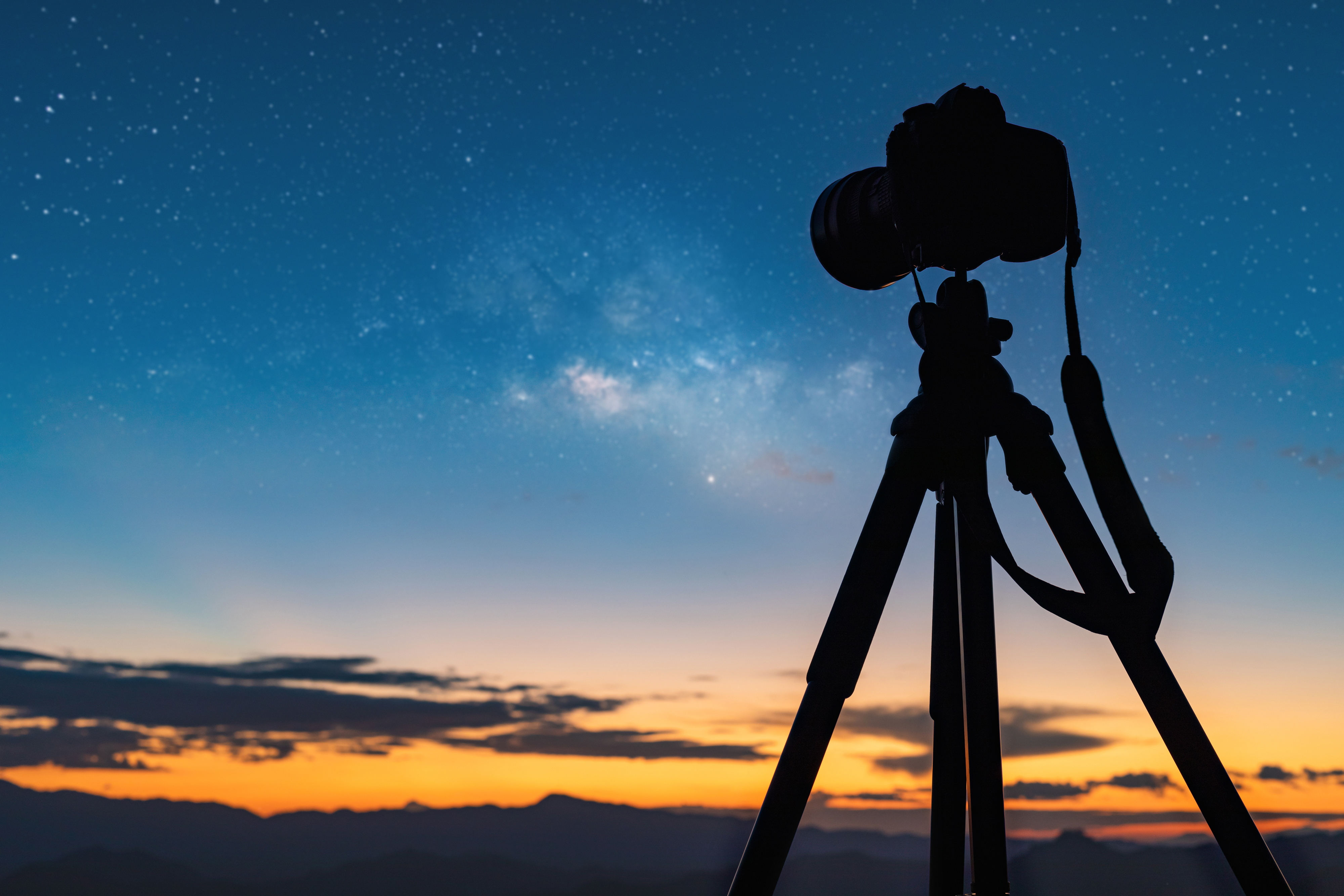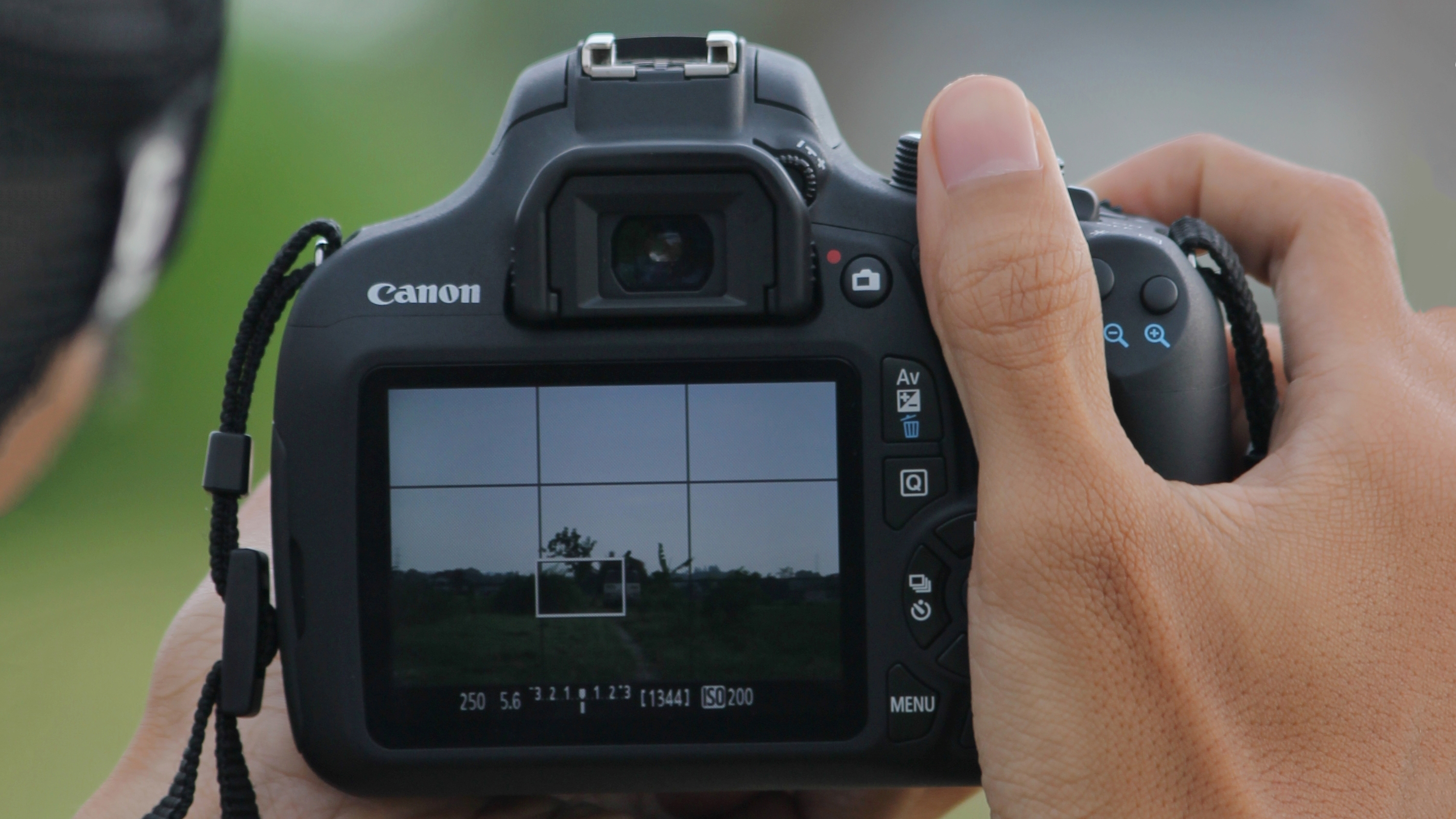Is it worth investing in a DSLR camera in 2022? If you’re primarily using your iPhone for photos and videos, the answer could very well be yes.
DSLRs are becoming more of a classic camera type, with just a few manufacturers releasing new models, while smaller mirrorless cameras are gaining popularity among new users.
However, DSLRs offer an economical way to access cameras with interchangeable lenses and viewfinders. Most importantly, they still outperform iPhones in several photography aspects.
Below, we have highlighted five crucial areas where DSLRs surpass smartphones. Continue reading to see how upgrading from your iPhone to a DSLR can enhance your photo and video skills. Additionally, take a look at our comprehensive guide on the top DSLRs available today; your ideal camera might just be on that list.
1. Optical Zoom

While a few smartphones include optical zoom, no iPhone does. Constructing a proper optical zoom lens requires more space, which is at a premium in smartphones. Most phones opt for fixed focal length lenses and rely on digital zoom instead. The drawback? Digital zoom simply crops the image, leading to a noticeable decrease in detail.
This limitation doesn’t apply to DSLRs, which can use various lenses suited for different purposes. A standard zoom lens can transition from wide-angle to medium-telephoto, making it versatile for scenes ranging from landscapes to portraits. For distant subjects like wildlife or sports, a telephoto zoom lens is ideal.
A DSLR’s zoom is achieved optically by adjusting lens elements, preserving detail even when zooming in on faraway objects.
Moreover, you can also ‘digitally zoom’ in DSLR images by cropping the desired area in post-production software or using some cameras’ in-camera cropping features.
2. Dynamic Range and Low-Light Performance

Regardless of whether it’s an APS-C or full-frame sensor, a DSLR sensor is considerably larger than that of an iPhone. This size difference gives DSLRs an advantage in image quality, especially for dynamic range and low-light performance.
Dynamic range refers to the span between the lightest and darkest tones a camera can capture. A higher dynamic range allows for more detailed images, bringing depth to both the highlights and shadows in a photo or video.
iPhones achieve this effect through bracketed shooting, combining multiple images taken at different exposures into a single HDR photo. While this method can be effective under certain conditions, DSLRs can also perform this technique, usually starting with superior base images. This enhances the perceived impact of their higher dynamic range outputs, even if they’re slightly more complex to achieve.
Although iPhones have improved in low-light performance, no smartphone can match the sharp, low-noise images that a full-frame DSLR with a fast lens can produce in dim lighting or at night. Bigger sensors capture more light at the same shutter speed.
3. Shooting in Bright Light

Capturing great photos in bright sunlight can be challenging on a smartphone due to glare on the screen, making it hard to see the composition. Solutions like moving to a shaded area or increasing screen brightness exist, but neither is ideal in every situation.
On the other hand, a DSLR’s optical viewfinder eliminates these issues. You can look through the viewfinder to frame your shot, effectively blocking out distracting sunlight.
Keep in mind, though, that unlike the electronic viewfinders found in many mirrorless cameras, a DSLR viewfinder doesn’t show exposure settings, menu options, or previously taken photos.
However, one benefit of an optical viewfinder is that you can preview depth of field (areas in focus when the shutter is pressed), using a button usually located near the lens mount.
4. Handling and Ergonomics

iPhones are made to fit in pockets but not necessarily for comfortable photography. Many frequent iPhone photographers use cases with grips for stable handling. Most traditional photographers find the ergonomics of an iPhone to be a challenge when aiming for stability during shots.
However, this isn’t just a casual milestone; it’s a significant achievement.
On the other hand, DSLRs are a completely different story. Designed mainly for use in handheld photography, they offer exceptional handling, particularly compared to smartphones.
Over many iterations of design improvements, most DSLRs share a recognizable design: a pronounced grip for the right hand, often featuring curves, ridges, and textured surfaces to enhance grip and stability. With the left hand typically holding the lens barrel and a neck or shoulder strap providing extra support, it’s generally easy to hold a DSLR securely and comfortably.
The shutter button is strategically positioned for the user’s right index finger to rest on comfortably during use, providing a tactile feedback that is often more responsive than touchscreen options. Other settings, including ISO, shutter speed, autofocus, and exposure compensation, are usually located within easy reach of your fingers or thumb, making it much simpler to adjust shooting parameters instantly on a DSLR than on an iPhone.
5. Capturing fast-moving action

iPhones do a commendable job of capturing rapid bursts of images (just press and hold the shutter button), which is valuable for photographing fast-moving subjects. However, their autofocus and autoexposure often struggle to keep pace, which can result in poorly exposed or out-of-focus shots.
DSLRs, especially higher-end models, are generally much better equipped to handle challenging, fast-action photography. This is one reason why professionals in photojournalism and sports/wildlife photography often prefer DSLRs from brands like Canon and Nikon.
For example, the Canon EOS-1D X Mark III can shoot continuously at 20 frames per second (fps) with AI-enhanced 191-point autofocus, whereas the Nikon D6 achieves 14 fps with a 105-point autofocus system. By combining quick and precise autofocus with high-speed shooting and large memory buffers, DSLR users can capture hundreds of images within just a few seconds, allowing them to select the best shots afterward.
However, keep in mind that entry-level and mid-range DSLRs may not be as fast, so if quick performance is essential and your budget doesn’t allow for a high-end DSLR, opting for a rapid mirrorless camera might be a better choice.

